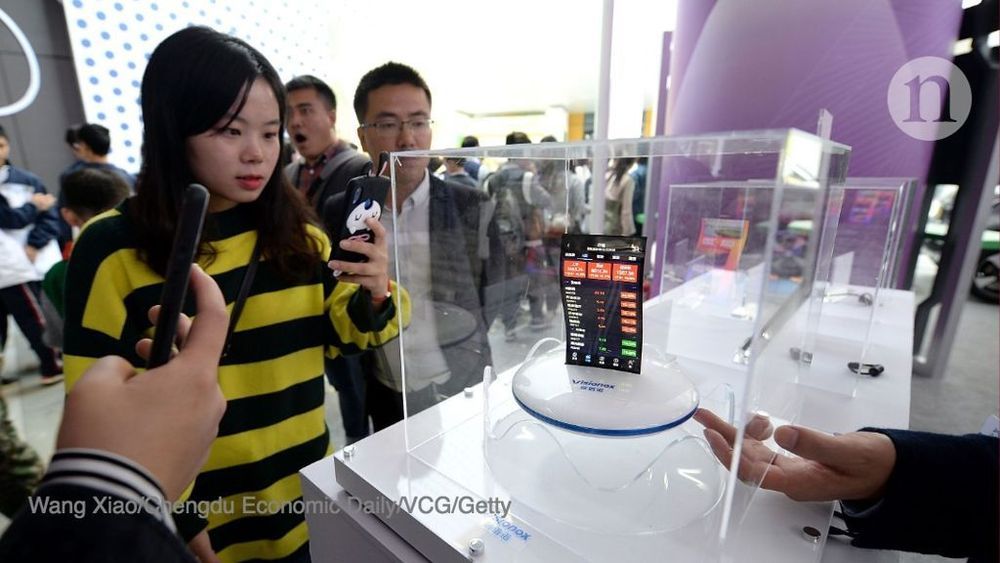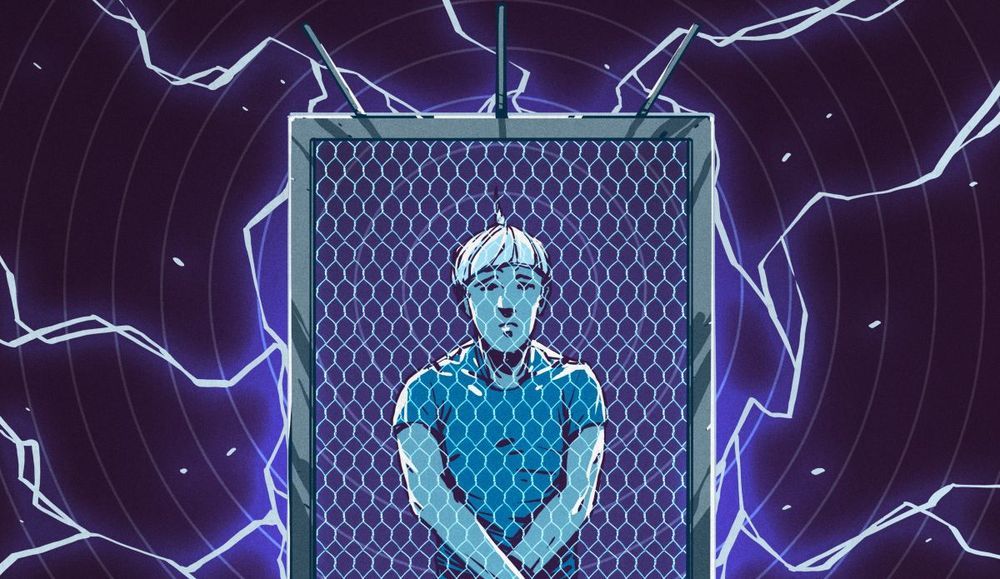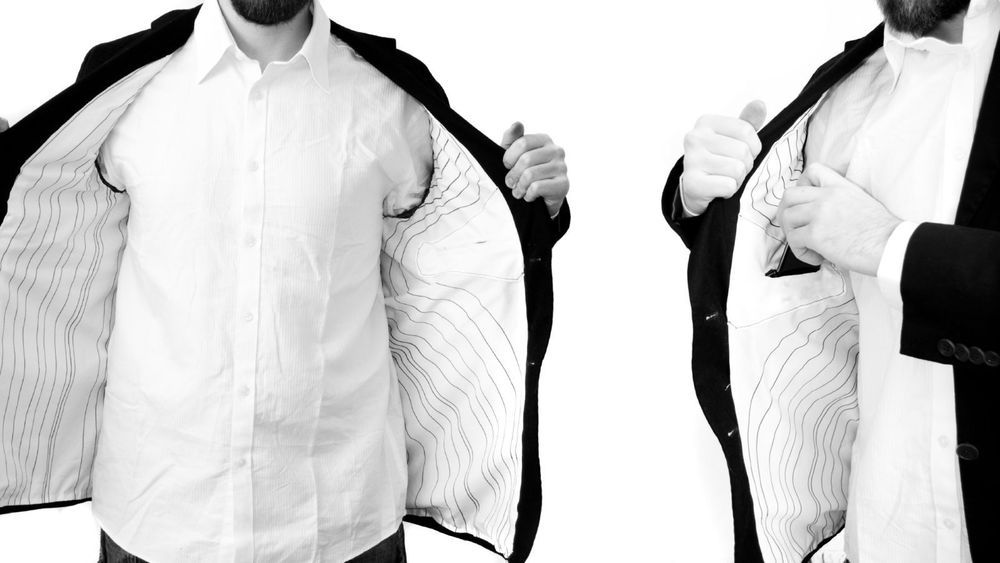Stronger and more flexible than graphene, a single-atom layer of boron could revolutionize sensors, batteries, and catalytic chemistry.



Galor says the study results, published on Monday, April 1, in Nature Ecology & Evolution, lend credence to what he and a colleague had surmised in a highly influential 2002 paper — that during the pre-industrial era, the natural selection of those who were genetically predisposed toward having fewer children was instrumental in spurring industrialization and sustained economic growth.
In a study of 200 years of pre-industrial Quebecois genealogical history, researchers at Brown found that fertility-related changes in natural selection during the pre-industrial era paved the way for economic and technological progress.

(Reuters) — Alphabet Inc’s Google said on Thursday it was dissolving a council it had formed a week earlier to consider ethical issues around artificial intelligence and other emerging technologies.
The council had run into controversy over two of its members, according to online news portal Vox, which first reported the dissolution of the council.
The council, launched on March 26, was meant to provide recommendations for Google and other companies and researchers working in areas such as facial recognition software, a form of automation that has prompted concerns about racial bias and other limitations.

It’s the kind of diverse, multidisciplinary community, Chinese scientists say, that is crucial to doing great research but is often lacking in labs. “The goals of the Materials Genome Initiative in the States and in China are the same: to produce better materials more quickly that cost less. It’s very important we collaborate with overseas scientists because the materials genome is a new topic. We need to figure out the best path together,” says Zhang.
Researchers are reaping the benefits of carefully built programmes and a surge in funding.

Want one more option for home internet? Today it was announced that Amazon is planning to launch 3,236 satellites to build a network to provide global high-speed internet. Unlike current satellite internet, these devices will be in a far lower orbit and offer far faster speeds compared to current sa…


“This is the first clear demonstration of controlling the speed of a pulse light in free space,” Abouraddy said in the statement. “And it opens up doors for many applications, an optical buffer being just one of them, but most importantly it’s done in a simple way, that’s repeatable and reliable.”
READ MORE: Researchers develop way to control speed of light, send it backward [Phys.org]
More on light: New NASA Animations Show How Slowly Light Travels Through Space.

According to a report in the official magazine of its Defense Ministry, Russian “supersoldiers” are able to use “parapsychology” techniques to crash enemy computers, access the minds of foreign soldiers, and read documents inside locked safes — abilities they gained, according to the article, from telepathic dolphins they can now communicate with.
The report is almost certainly nonsense. But it does raise questions about the ambitions — and perhaps dysfunctions — of Russia’s military.

Most Hackaday readers are no doubt familiar with the Faraday cage, at least in name, and nearly everyone owns one: if you’ve ever stood watching a bag of popcorn slowly revolve inside of a microwave, you’be seen Michael Faraday’s 1836 invention in action. Yet despite being such a well known device, the average hacker still doesn’t have one in their arsenal. But why?
It could be that there’s a certain mystique about Faraday cages, an assumption that their construction requires techniques or materials outside the realm of the home hacker. While it’s true that building a perfect Faraday cage for a given frequency involves math and careful attention to detail, putting together a simple model for general purpose use and experimentation turns out to be quick and easy.
As an exercise in minimalist hacking I recently built a basic Faraday cage out of materials sourced from Home Depot, and thought it would be interesting to not only describe its construction but give some ideas as to how one can put it to practical use in the home lab. While it’s hardly a perfect specimen, it clearly works, and it didn’t take anything that can’t be sourced locally pretty much anywhere in the world.

Circa 2012
Switching your phone off for important meetings or trips to the cinema can be a pain in the ass. Victor Johansson has a solution, though: he’s designed the Escape Jacket, which features a Faraday cage in the inside pocket to immediately take your phone off the grid.
UK-based designer Johansson says that the concept is all about you-time. He explains:
During the research phase of this project the idea of “time as a luxury” came to be a main theme. After trying to find ways to give people more time I finally ended up with the idea of removing (connected) time instead since luxury is often more about the things you remove than the things you add. The idea is that as soon as you leave work, or just want a break you put your phone in the inner pocket of the jacket and you terminate all connectivity.